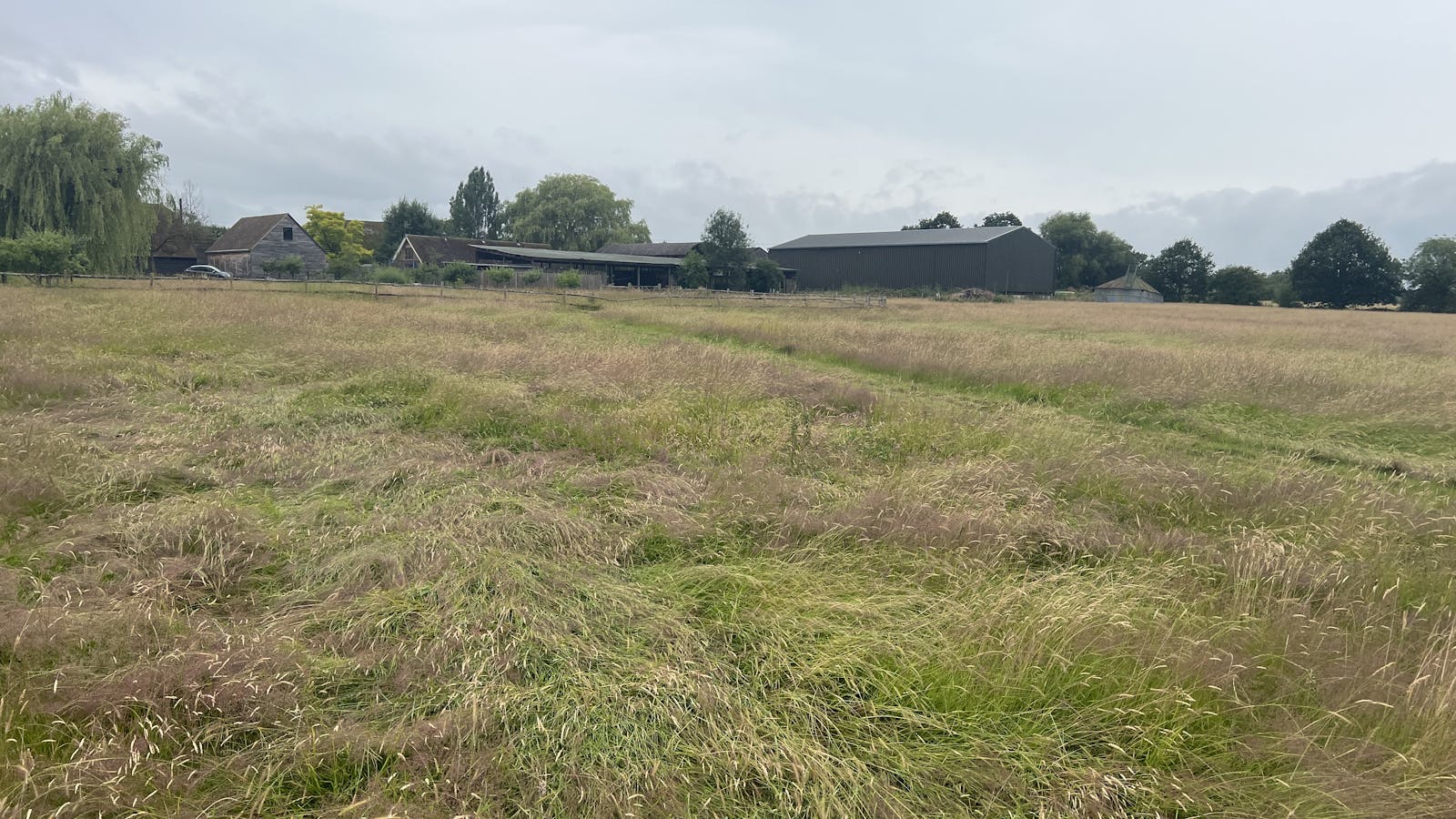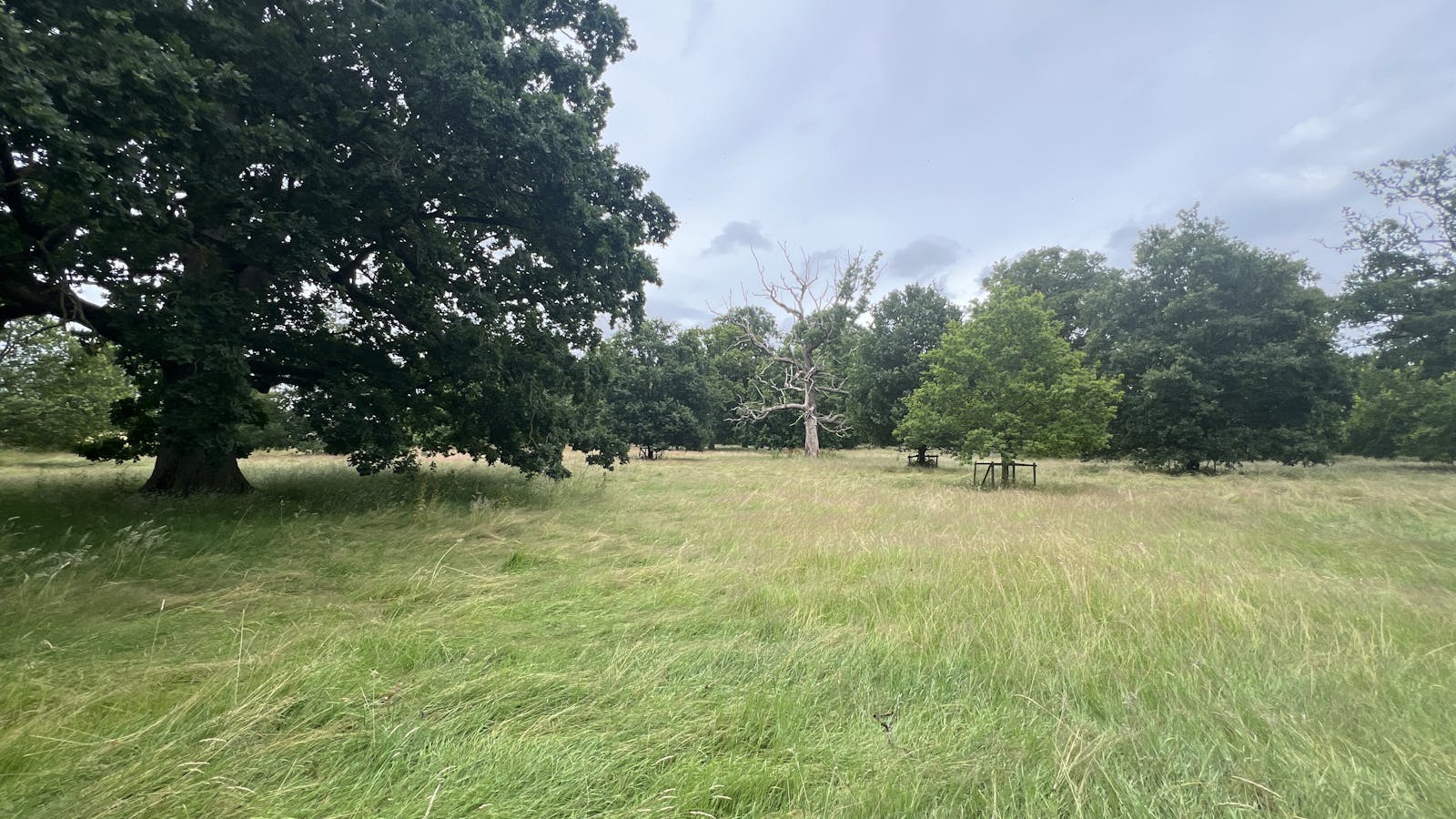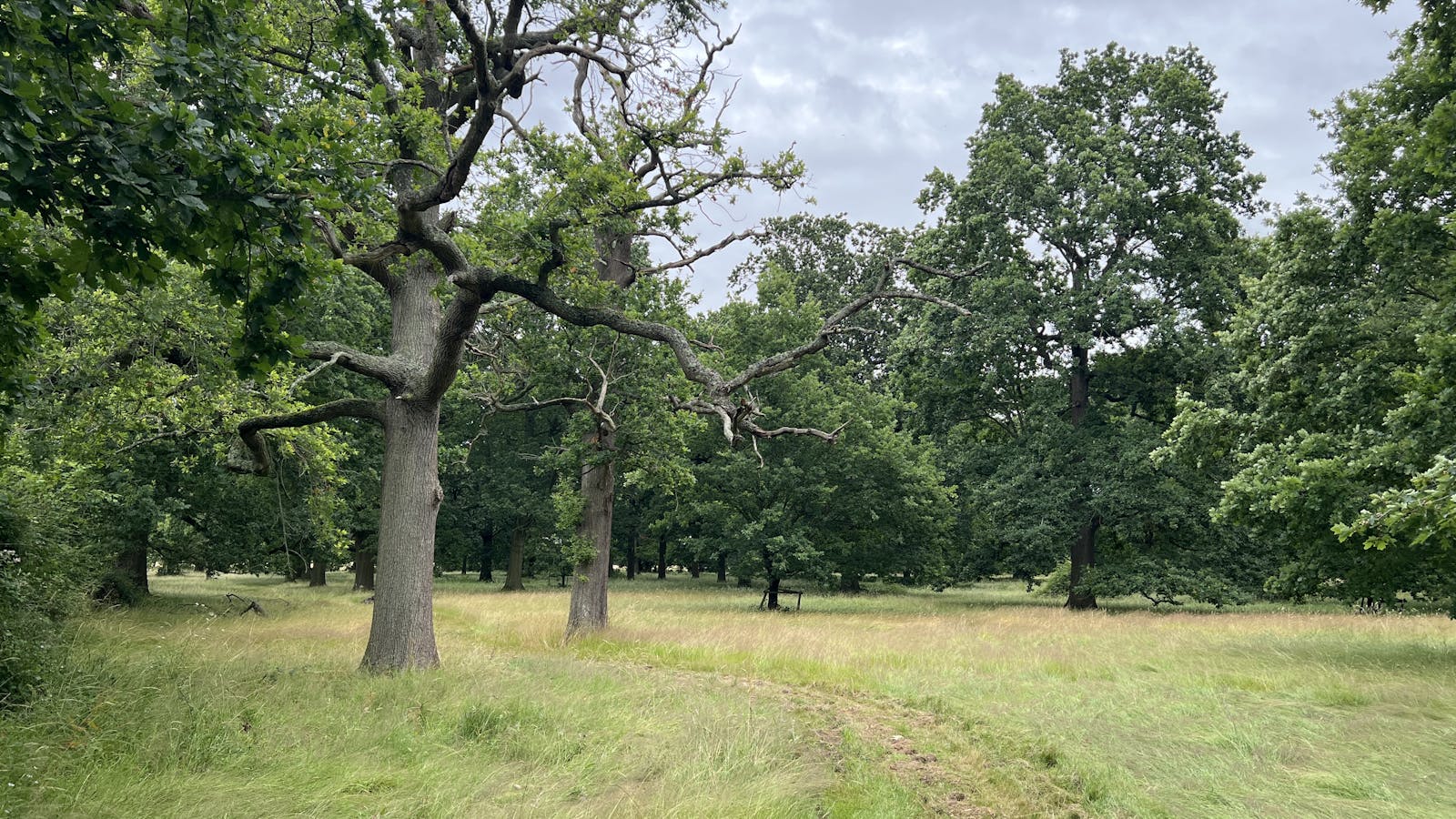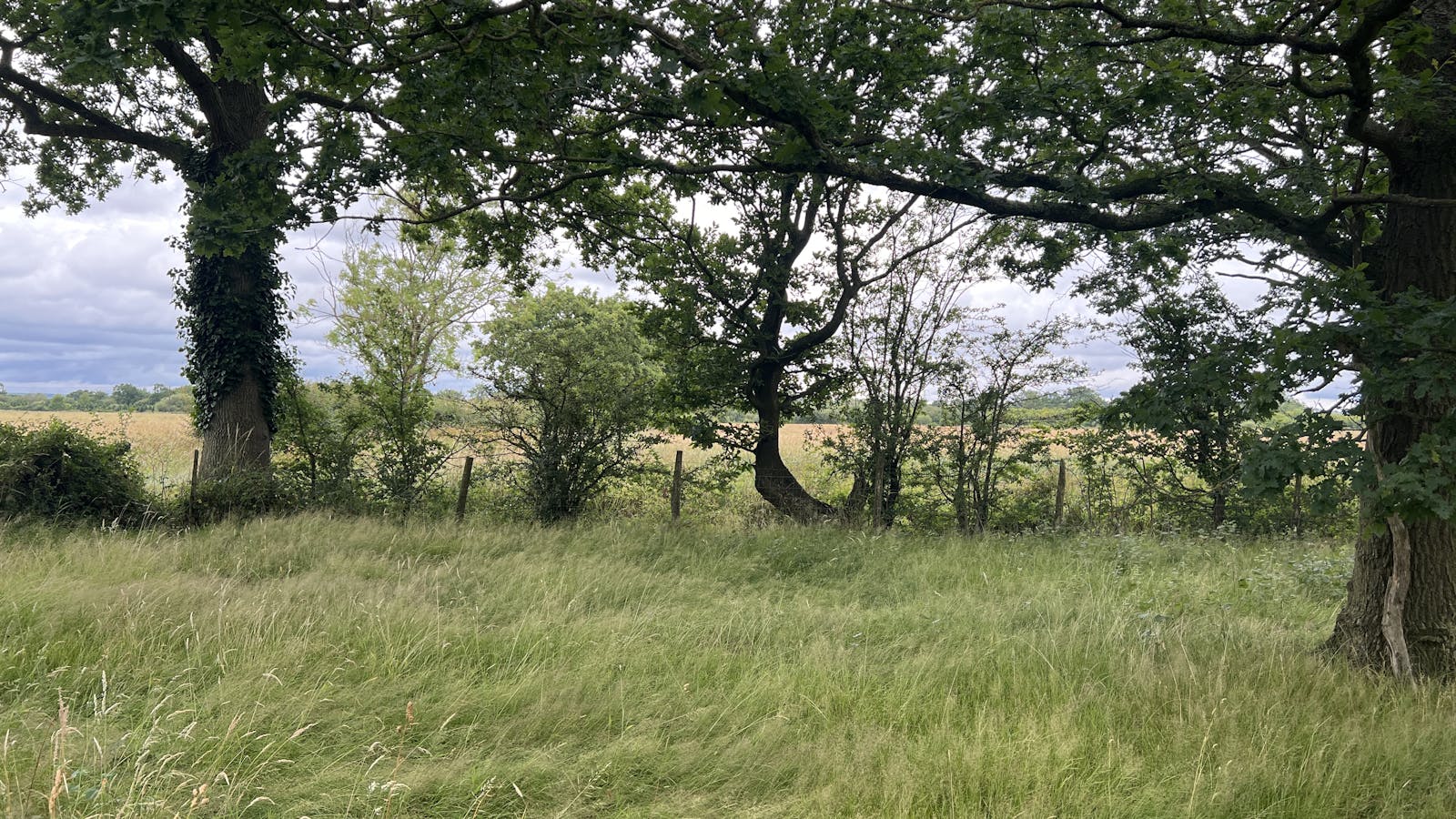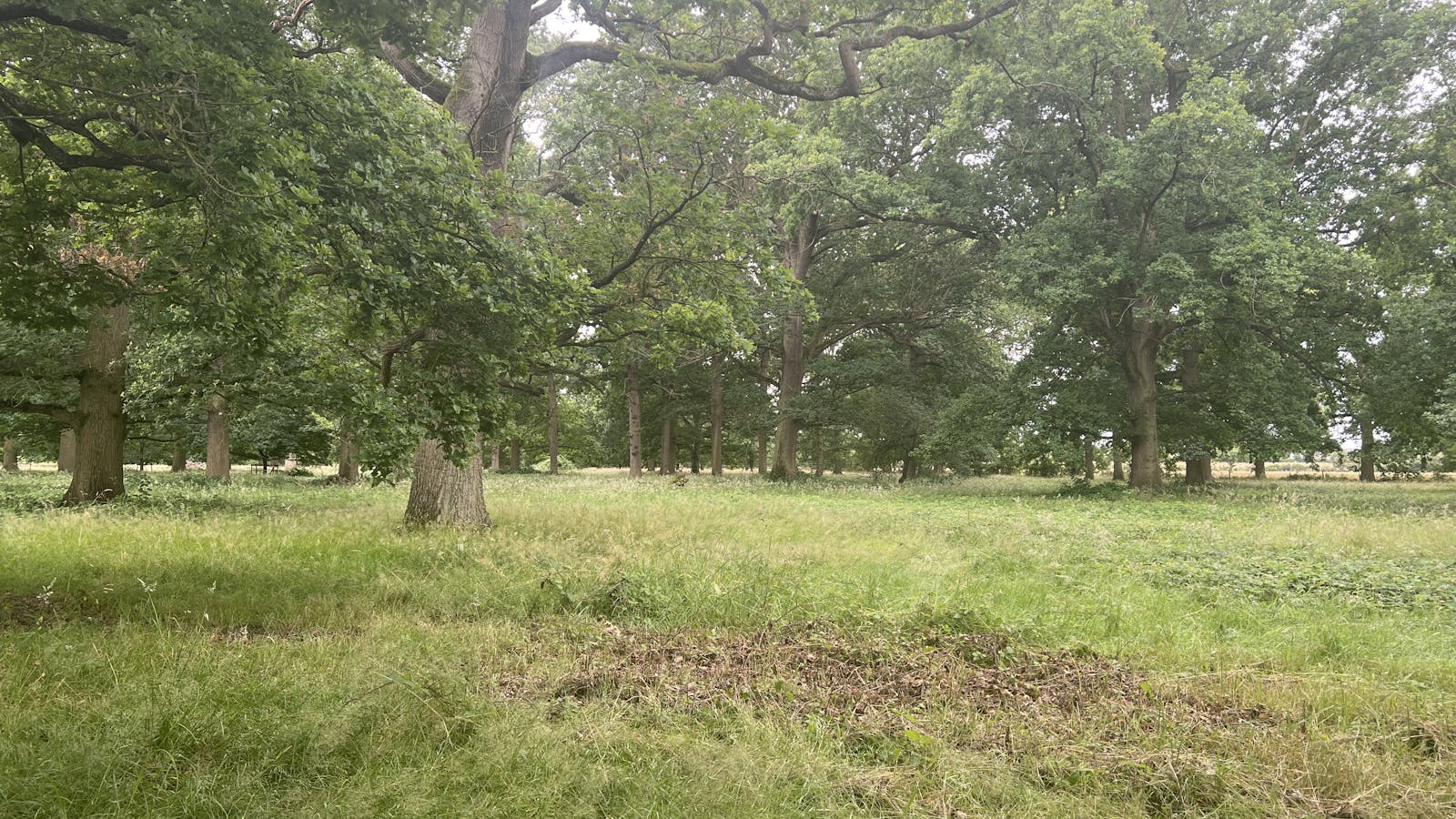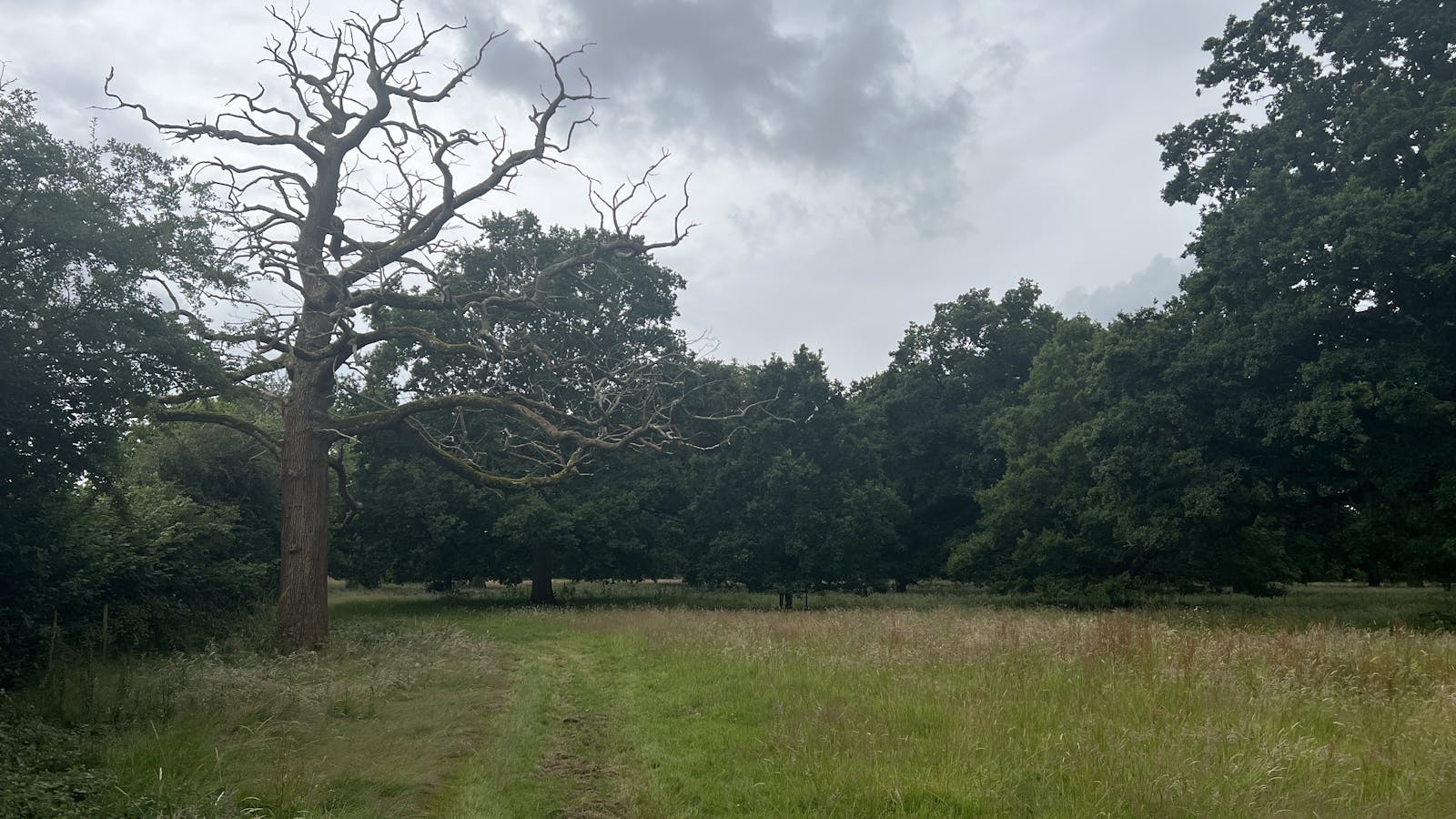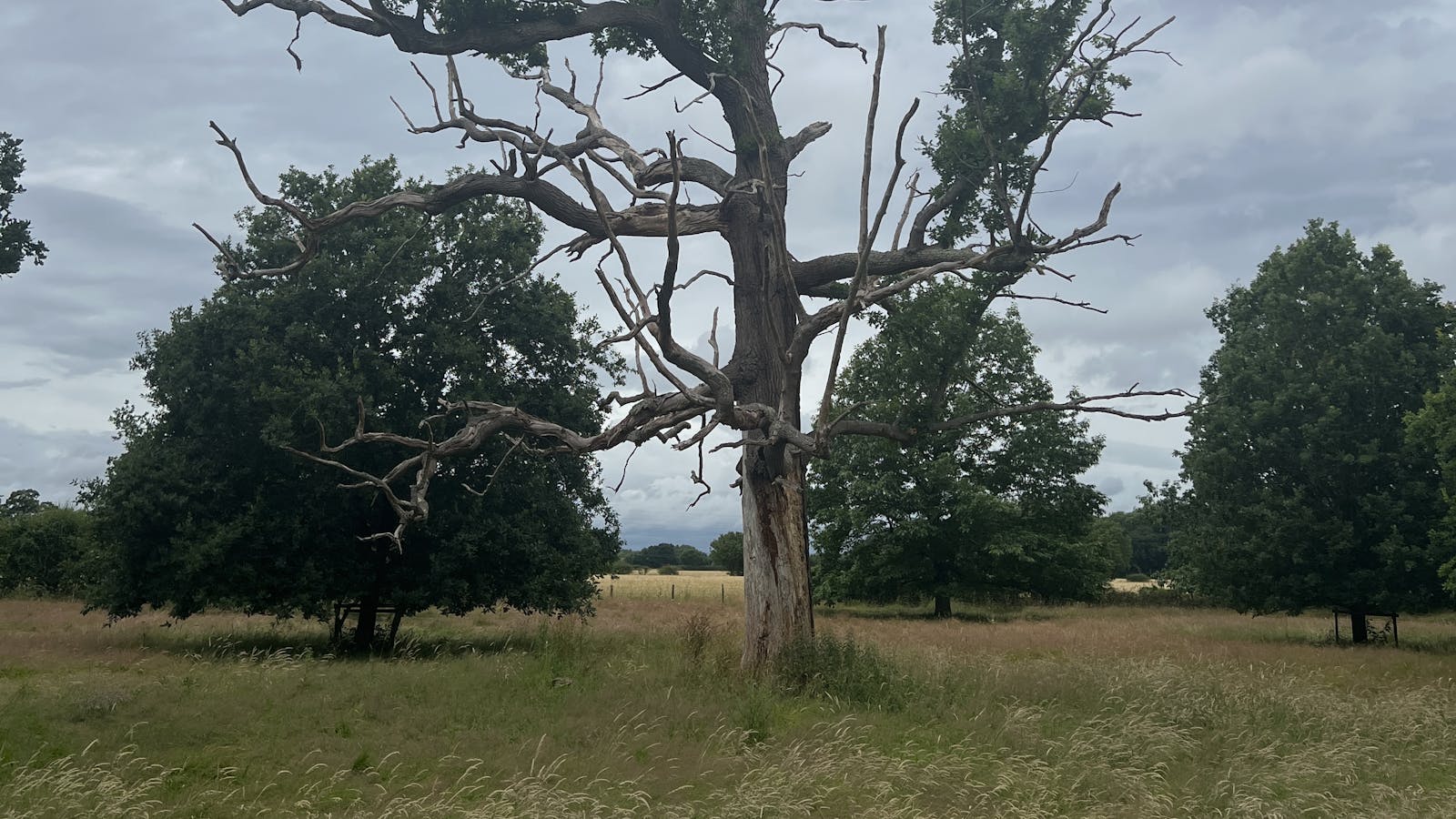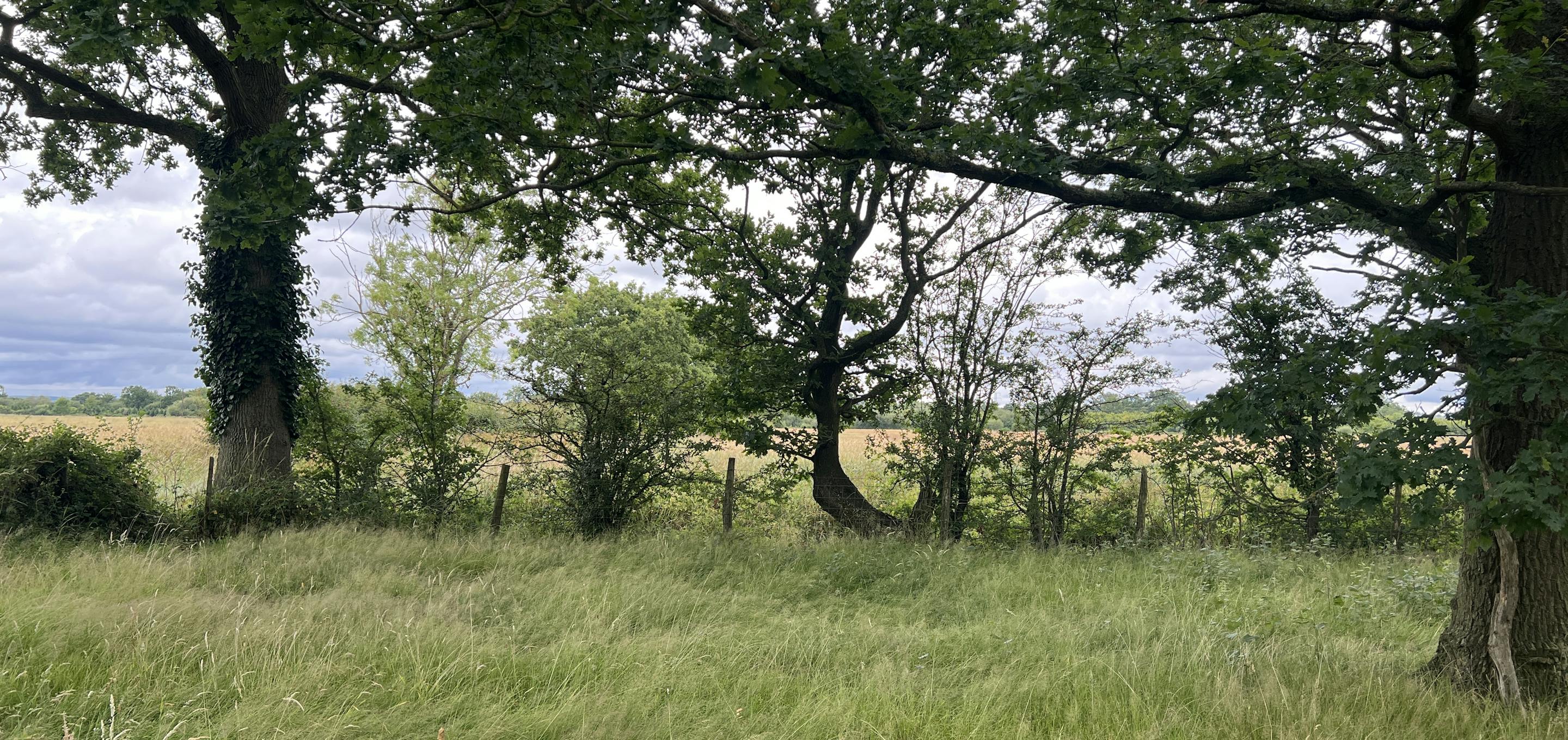
Little CheveneyBNG offset site
Local Planning Authority: Maidstone
National Character Area: Low Weald
Biodiversity Opportunity Area: Medway & Low Weald Grassland & Wetland
OS grid ref: TQ72555 44237
Postcode: TN12 9NX
What3words: salon.clogging.trading
Habitat units available - Surveyed 2024
A total of 13.877 habitat units and 6.845 hedgerow units are available from the following habitat types:
Grassland
Other neutral grassland (Medium distinctiveness) - 8.023 units
Heathland and Shrub
Mixed scrub (Medium distinctiveness) - 0.085 units
Woodland
Wood-pasture and parkland (Very High distinctiveness) - 5.308 units
Ponds and Lakes
Pond (priority habitat) - 0.460 units
Hedgerow
Line of trees associated with bank or ditch - 0.104 units
Species-rich native hedgerow with trees - 1.549 units
Species-rich native hedgerow with trees and associated bank or ditch - 5.192 units
Site description
Little Cheveney is a 7.525 hectare site located approximately 2km southeast of Collier Street and 6km west of Staplehurst. An area of ancient semi-nature woodland is located 365m northwest of the site.
Current habitats on site comprise of modified grassland, wood-pasture and parkland, a priority habitat, mixed scrub, priority habitat ponds and individual rural trees. With linear features including, lines of trees with associated ditch, native hedgerows, native hedgerows with associated ditch and species-rich native hedgerows with associated ditch.
The modified grassland will be enhanced to other neutral grassland with some areas being transformed to mixed scrub. The native hedgerows will be enhanced to species-rich native hedgerows. The mixed scrub, wood-pasture and parkland, both ponds and lines of trees with associated bank or ditch will be enhanced to a better condition.
Species-rich native hedgerows with trees will be planted.
The site will serve as a ‘stepping stone’ in a local landscape that has a lack of other areas of ecological importance and, as such, habitat creation within the site will help connect other isolated areas of ecological importance.
Fill out a form at the bottom of this page or email your development's BNG metric to bngenquiries@adonisblue.org.uk for a free BNG consultation.
These units are valid for a maximum of two years, provided site conditions do not significantly change. If more than two years have lapsed between the site survey and habitat works being undertaken, an updated survey will be necessary to ensure recommendations remain valid.

Habitat Transitions


Site Photos
